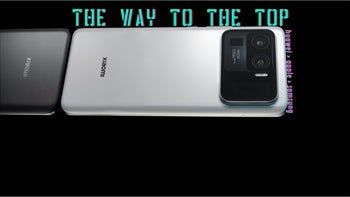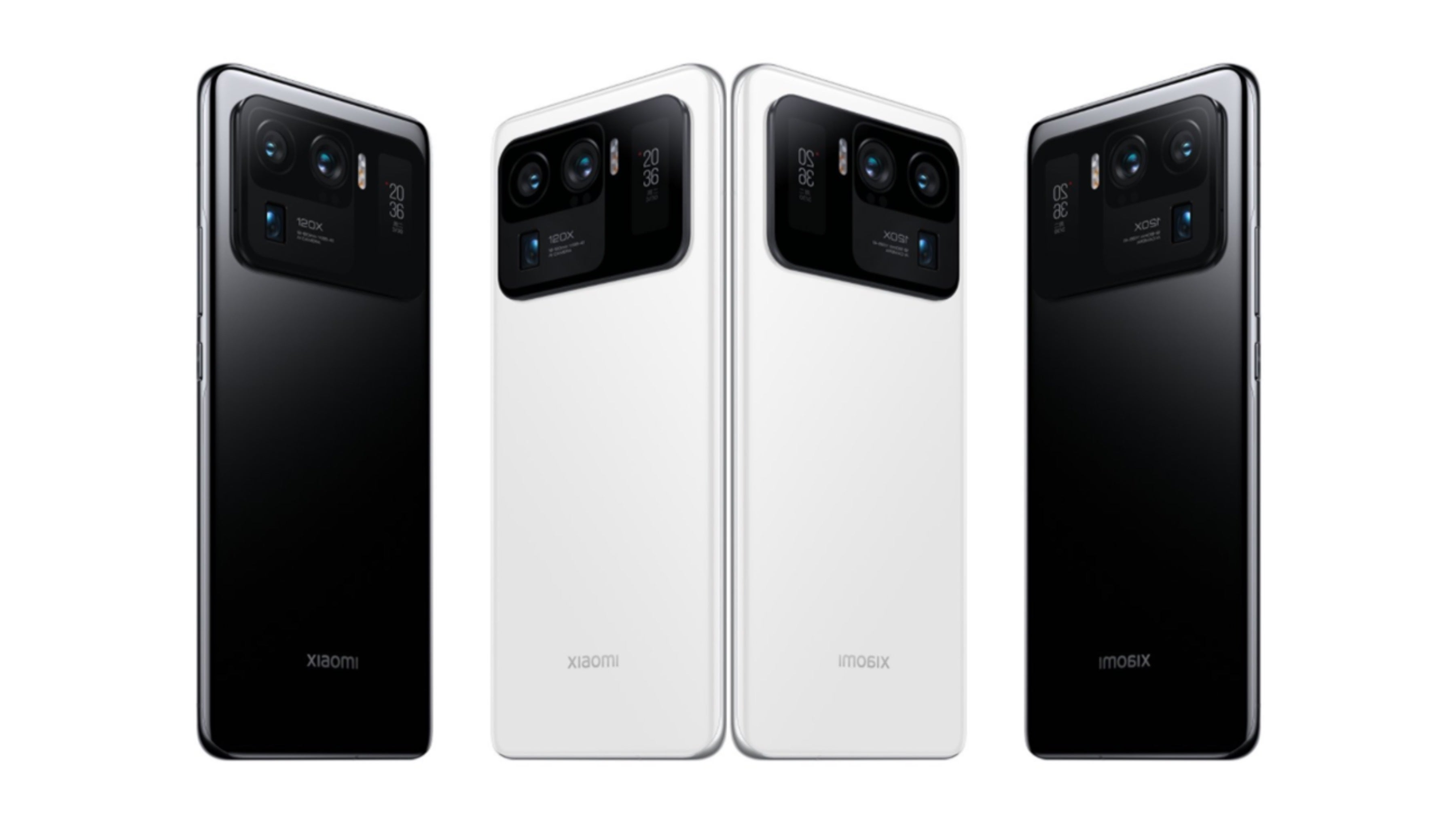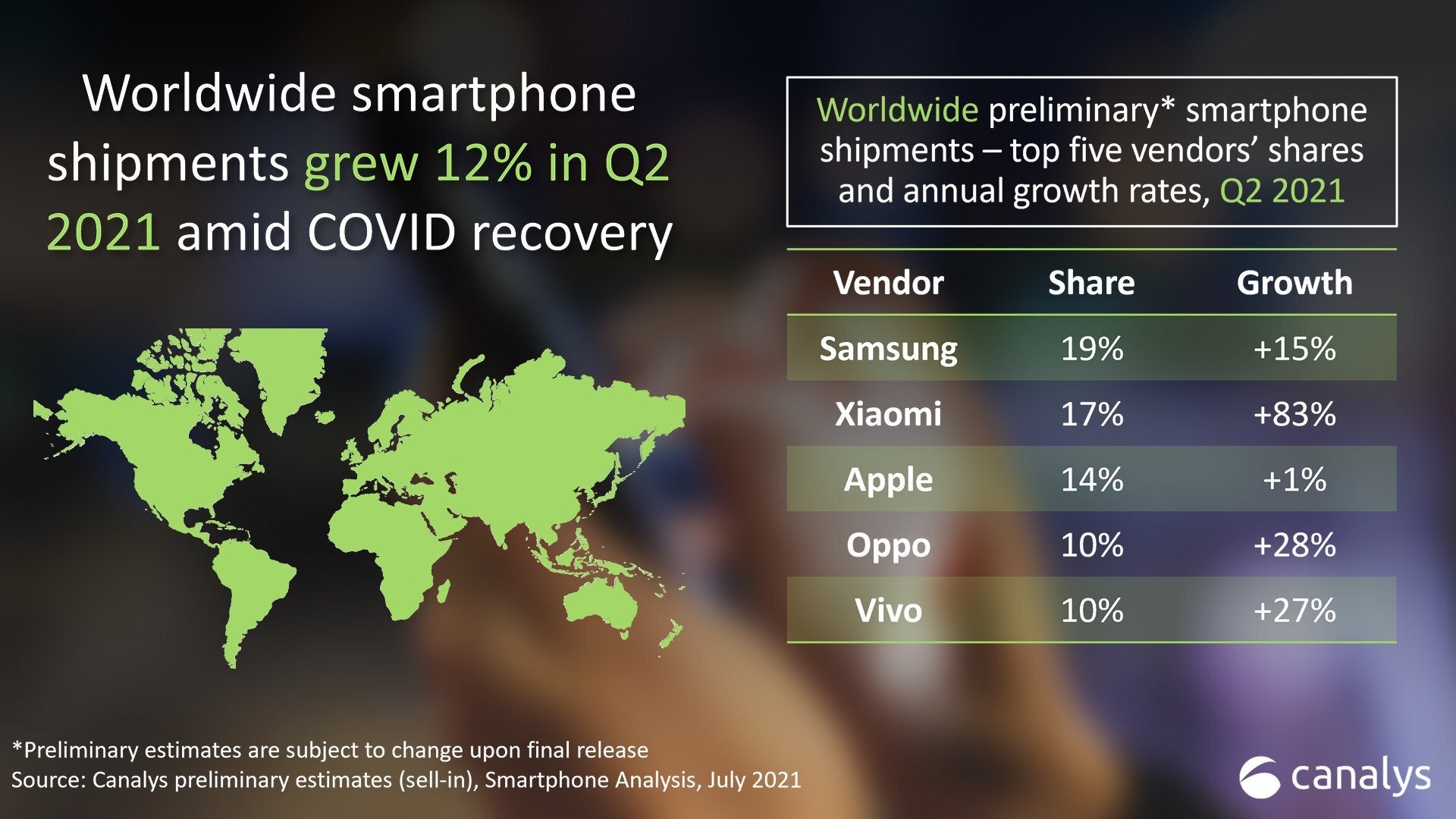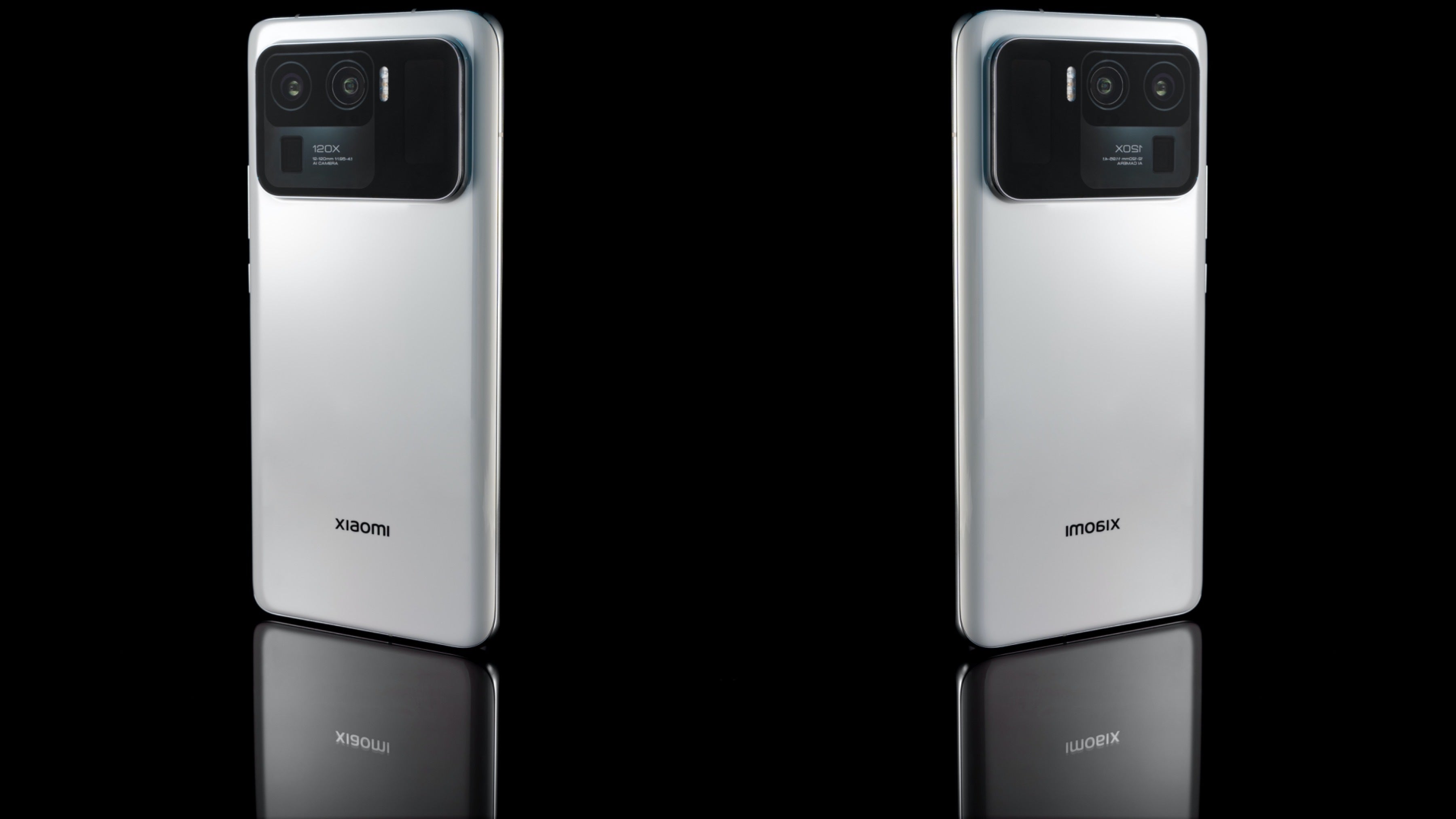Overtaking Samsung & Apple: Xiaomi is the new Huawei (just don't get banned!)
This article may contain personal views and opinion from the author.

No, Xiaomi isn’t building your 5G network. You can relax… I guess?
To set the mood for this article: I'm not anti-Apple, or anti-Samsung, but I'm definitely rooting for Xiaomi, because... this market is nothing without competition. That's why I'll never get over what happened to Huawei.
I don’t need statistics to showcase that. I used to see people roaming around with this phone in their hands in some of the busiest cities in the UK, thinking to myself: “They (Huawei) have really done it!”.
For the readers outside the UK (and not only) - it’s truly a rare sight to see people on the street, metro, or the bus, carrying a phone different than an iPhone or Galaxy. Especially in big cities like London or Birmingham.
So, I simply couldn’t believe there were people who've spent so much money on a flagship phone that isn’t an iPhone or a Galaxy - it blew my mind. At the same time, I was very happy to see that Huawei’s extraordinary efforts had paid off. The company held events in a number of European capitals to announce its P20, Mate 20, and P30 series, and this had resulted in them being taken seriously by the enthusiasts.
When it comes to phones, there are two types of people - you either care, or you don’t. Assuming I did care, I recall sitting on the couch in Germany, back in March 2018 and watching Huawei unveil the P20 series. The camera system and especially the “Night Mode thing” left me in awe. I wasn’t a tech writer at the time, but I still realized that this was absolutely game-changing.
It had the best camera system on any device, the best battery life amongst the flagships, a really attractive design, and some exclusive features like an UTS fingerprint reader, and reverse-wireless charging. In case you’re wondering - for example, iPhone users are patiently waiting for those to be implemented into the iPhone 14, which would be about four years late to the party, if it gets them at all.
Unsurprisingly, Huawei’s next flagship, the P30 Pro also dominated. Now, it didn’t sell as well as the iPhones and Galaxies of the world - this would have required a bit more time, but it walked all over the competition when it came to taking photos, staying charged, and looking unique.
Unfortunately, we all know how the story goes from there on... Huawei was banned from doing business with US companies before the release of the Mate 30 Pro, which changed the company forever. Sales plummeted, people aren’t as interested in the phones as they were before, and Huawei had to develop its own Harmony OS in order to stay afloat.
Natural selection & Xiaomi taking on the role of Huawei

Role (phone) models.
Well, the end of an era for one smartphone maker is another company’s new beginning! (I feel like this doesn’t sound as deep as I wish it did…)
Now, it’s not like Xiaomi was an unknown brand that wasn’t trying… In fact, it was actually trying hard. The Mi 9 and Mi 10 series of flagships were great devices. However, the company mostly specialized in mid-range and budget smartphones like the POCO and Redmi series. Those are the Xiaomi phones that sell best in Europe, for example. And for a reason! They are absolutely stellar devices with incredible hardware for anywhere between $250-500.
Eventually, the first phone that openly said: “We are here to play” was the Mi 10 Ultra. If you don’t know much about it, that’s because it never made it out of China. It was an extraordinary device (in fact, it still is), packing a record-breaking camera system, display, charging capabilities, and pretty much anything else you can think of.
It competed with other great devices like the Note 20 Ultra and iPhone 12 Pro Max, but it openly tried to one-up them with:
- OLED screen with 1B colors
- The main camera sensor was 1/1.32-inches vs 1/1.33-inches on the Note 20 Ultra (I mean - come on!)
- 48MP periscope telephoto camera
- 120W wired charging (100% in 23 minutes)
- 50W wireless charging (100% in 40 minutes)
- 10W reverse-wireless-charging
Xiaomi was trying to do what Huawei did with the "P" and "Mate" series - leave Samsung and Apple behind, and bait people to fall for the latest and greatest technology. Could you blame them? I would have bought one if I could…
Unlike Huawei in 2020, Xiaomi’s relationship with Qualcomm is about as good as it gets. Not only Qualcomm chose Xiaomi’s Mi 11 for the Snapdragon 888 debut, but they also debuted the new mid-range Snapdragon 780G SoC on another Mi 11 device - the Mi 11 Lite 5G, and it is expected that the Snapdragon 895 will debut with the Mi 12 series in early 2022.
Although the Mi 11 was a stellar device which offered a ton of value for money, Xiaomi wasn’t done yet. The company announced the long-anticipated Mi 11 Pro & Mi 11 Ultra in late March. The Mi 11 Ultra is a bold device. I mean - it literally has a display on the back for taking selfies with the main 108 MP camera, or any of the four cameras, for that matter.
It has the second-biggest camera sensor on any phone, after the one on the Sharp Aquos R6 (Japan exclusive), and much faster charging than the Galaxies and iPhones out there.
The point is - Xiaomi is taking Huawei’s recipe to prepare its own dish. The ingredients? Mostly camera and charging, as well as a pinch of a bolder design move here and there. Not to mention that Xiaomi is the only serious Samsung competitor when it comes to foldable devices. Yes, the Huawei Mate X2 might be the best foldable phone on the market right now, but it doesn't run Google apps, and it's not widely available.
Xiaomi - becoming the world’s biggest smartphone maker?

Xiaomi is officially the second-biggest smartphone-maker in the world! Apple's down, and Samsung is on the way to wave goodbye to the first spot soon.
Not only is it sandwiched between Samsung and Apple, but Oppo and Vivo are also gaining momentum with almost 30% growth each. So, the competition definitely isn’t sleeping.
This actually isn’t a difficult question. If Xiaomi continues to grow at this rate, it should overtake Samsung in no time.
With that being said, it’s not like Xiaomi doesn’t have its own challenges to overcome. In fact, let’s list them (who doesn’t like lists?):
Availability
Oftentimes the company’s flagship phones don’t make it to many countries. Even when they do, they are usually sold out quickly, which would have been great news, if it didn’t mean short supply. For example, now, the Mi 11 Ultra is nowhere to be seen in Europe. Your only option is importing the phone from China.
Guess what? You can walk into any major tech store, and pick up a Galaxy S21 Ultra or an iPhone 12 Pro Max in minutes.
Marketing
For comparison, Huawei’s marketing wasn’t all that great from the beginning. It takes time. However, Xiaomi has already released two “ultra” flagships. It’s time for the company to start engaging with more audiences, and more often!
Yet, the small (for the smartphone market) OnePlus has more Facebook followers. Although Xiaomi has managed to do a little bit better than OnePlus on Instagram and Twitter, the engagement is in favour of OnePlus!
That’s not a surprinse. OnePlus is a great example for a company that cares (or at least shows that cares) about its “fan base”. That’s kind of how it was built. They create great hype around product launches with all sorts of teasers, games, giveaways, etc., which has paid off.
Image
Now, I bet this one is a little bit vague once you see it, but let’s explain...
To be clear, Xiaomi’s image will always be associated with China, or “a Chinese company”, and that’s OK! However, what’s not OK is the association with a “budget” or “mid-range” brand. As we discussed, Xiaomi is now aiming at the big dogs (phones), with the big money, and big… expectations. The funny thing is - it can totally compete with them, and often best them.
However, if people don’t have access to these devices (availability), and don’t see them very often on modern or traditional media (marketing), how is Xiaomi going to build an image of a “flagship” company that sells “flagship” devices, that people are supposed to pay big money for?
But you know what is available? Xiaomi’s budget and mid-range devices. To the mind of the consumer, this creates the image of a “budget brand”, with association for low prices, and great value, but not “an expensive flagship device”, which is worth the price.
Final thoughts

Ban - incoming?
Despite all of that, we believe the Chinese company has a real shot at becoming number one - it's just about time. Huawei already did it. It was only for a month or two, but Huawei became the number one smartphone maker in the world despite the US trade ban, thanks to strong sales in China.
Xiaomi just needs to double down on what they do well, and bring it to a point where we can say “they do it best”. Exclusive and innovative features which attract attention, and competitive pricing is Xiaomi’s strong side, but as we learned, availability, marketing, and brand image are areas with much greater potential.
Either way - it’s clear. Xiaomi took on the role of Huawei, as far as the global market is concerned. Someone had to fill the gap. Let’s hope Xiaomi doesn’t get… banned. We don’t want to miss out on more innovation.
Also, in case you were wondering, Huawei is far from finished. The company just revealed the announcement date for the long-anticipated P50 series of phones, and the company’s president promised to reinvent smartphone photography once again. Stay tuned for that!










Things that are NOT allowed: